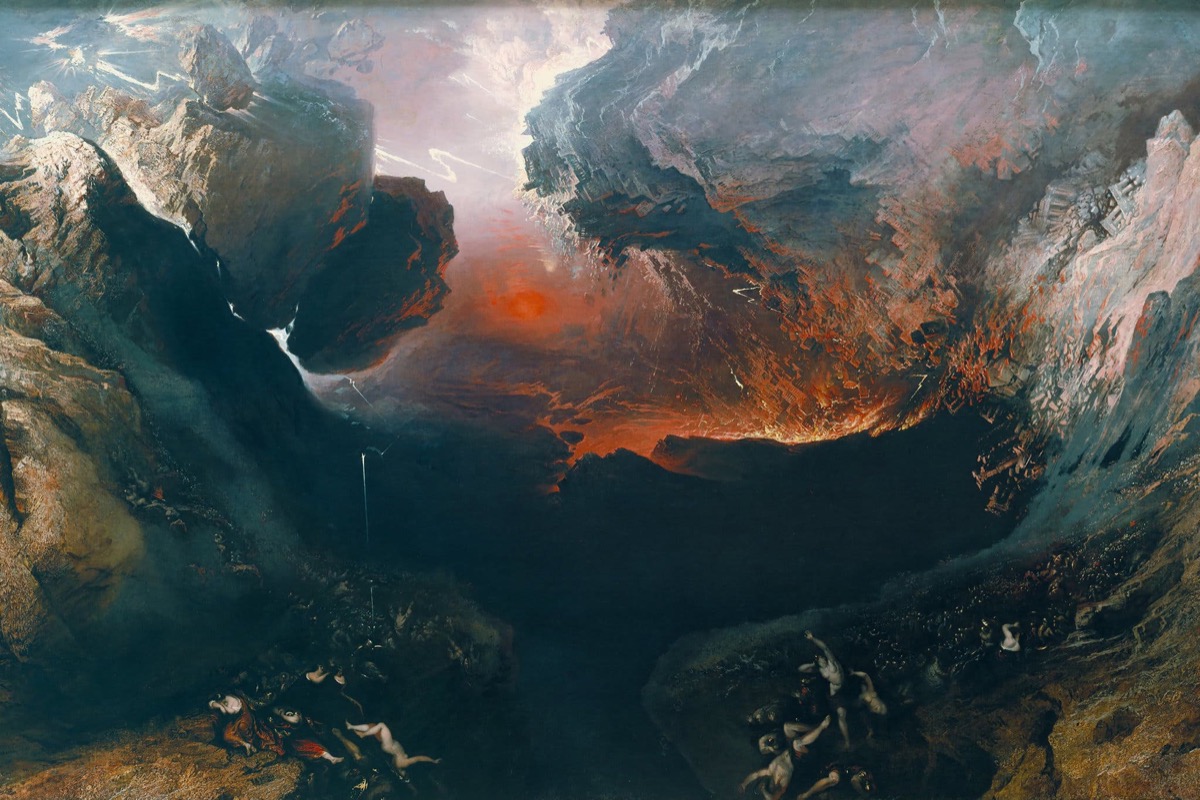A Flash in the Frame: How One Philadelphian Captured an Act of God.

Lightning is a primordial earthly phenomenon, for billions of years bolts of electricity have streaked down from turbulent storm clouds. Unfathomably enormous electrical discharges, static shocks of planetary proportions, gone in a flash and a rumbling boom. Lightning has long been associated with acts a godlike beings: Thor, Zeus, Xoltl, Chaac, Baal. And understandably so, it must only be a God who has the strength to weild a force so plainly violent and powerful. And in thousands of years spanning recorded history (and likely extending to long before), lightning has been etched, sketched, carved, and painted by artists and curious minds. From Zeus casting bolts on the sides of Greek vases to the Realism painters of the first half of the 19th century to their Impressionist detractors in the latter half, the essence of lightning was transcribed. A momentary flash made visible, but imperfectly. Enourmous electrical discharges from the sky certainly presented themselves as a difficult subjects to paint or draw or sculpt. And so for all of human history, lightning came and went, and it was only the imprint in an artist's mind that made it to the page. Then, on the evening of September 2nd 1882, a bolt of lightning arced over the Deleware River just like it had for millenia upon millenia before, but this time was different. This time it was captured, its true form permanently stamped on a thin sheet of glass.

On a rain-drenched rooftop in north-Philadelphia sat a 21 year old Englishman named William Nicholson Jennings, he had just taken the very first photograph of lightning. What started as perhaps a simple fascination would baloon into a flurry of new scientific pursuits, mechanical innovations, and a reformation of artistic expression.
Jennings immigrated to Philadelphia as a child and had an early passion for intellectual and artistic pursuits. In his life he wrote poems, scholarly articles, he traveled the country and kept detailed journals of his adventures. Though he seemed particularly attracted to photography, focusing primarily on cityscapes and of course lightning strikes. His fascination with lightning, by all accounts, seemed to stem from his observation of how lightning was represented in art, especially in the American landscape paintings that were particularly popular at the time. Through it should be noted too that electricity had been harnessed and had wowed audiences since at least the early 1800s, but around the time Jennings began to attempt to photograph lightning in 1882, electricity was being displayed front and center for the first time on city streets and in buildings. Just a few years prior, Philadelphia had become the first American city with a building illuminated by electric arclamps, the Wanamaker department store in the city's urban core. Street lighting soon followed. Edison's lightbulb patent was filed in 1880, just 2 years before Jenning's famous photograph. Electricity, and by extension lightning, was on the public's mind. Jenning's photographs of the phenomenon were considered to be absolutely extraordinary.
Scientists immediately sprung to action. The "capturing of God's signature" resulted in a flurry of scientific proposals and new hypotheses on how lightning forms and how it behaved. But surprisignly, the artists of the world also took particular interest in Jennings' work. Lightning was was finally a still subject. No longer would artists be forced to recall flashes from memory, no longer was there any question or doubt as to what lightning truly looked like. Indeed modern day researchers recently published findings that there exists a statistically significant change in how lightning appears in art, with Jennings' photography acting as the fulcrum of the shift from impressionistic to realistic: Stromp et al. (2018). Prior to Jennings lightning is more consistently depicted as a series of jagged nearly straight lines while having few branches from the main bolt with sharp almost 180 degree turns. After Jennings lightning took on a more constient form of many-branched fluid arcs, closer to its true photographical form.
This 19th century clash between art and technology can even be seen in newspapers from the time, in 1891, a journalist wrote in review of the play Soudan:


